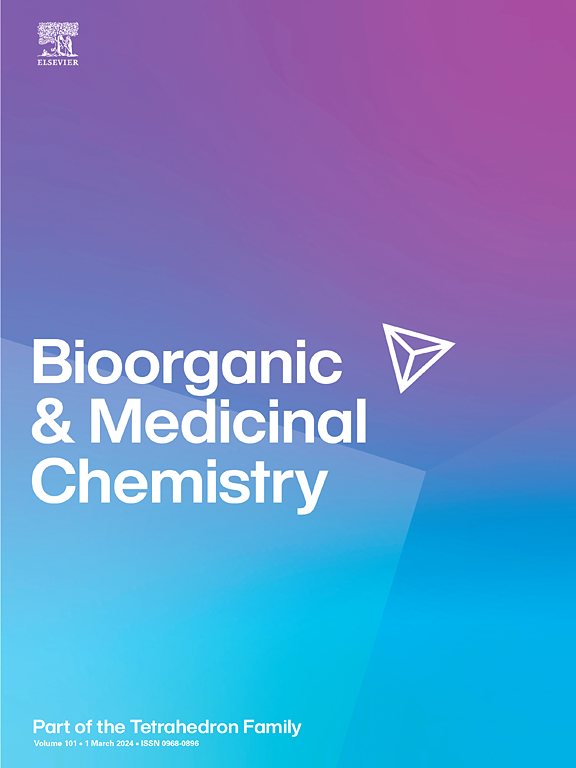细菌毒力的化学解剖。
IF 3.3
3区 医学
Q2 BIOCHEMISTRY & MOLECULAR BIOLOGY
引用次数: 0
摘要
抗生素耐药细菌的出现加强了对针对细菌毒力而不是生长或生存的新治疗策略的需求。细菌的毒力涉及复杂的过程,使病原体能够入侵并在宿主细胞内存活。化学生物学已经成为在分子水平上剖析这些毒力机制的有力工具。本文综述了研究细菌毒力的关键化学生物学方法,主要集中在四个方面:1)毒力调控,其中化学蛋白质组学已经确定了调节毒力基因表达的小分子-蛋白质相互作用;2)鉴定毒力蛋白,使用非天然氨基酸掺入和基于活性的蛋白质谱(ABPP)等技术来发现与感染有关的蛋白质;3)宿主蛋白的翻译后修饰,其中化学探针揭示了细菌效应物如何改变宿主细胞过程;4)效应物与宿主蛋白的相互作用,通过双功能非天然氨基酸掺入等方法,促进发现由细菌效应物操纵的关键宿主靶点。总的来说,这些化学工具为病原体-宿主相互作用提供了新的见解,提供了旨在解除病原体和对抗抗生素耐药性的潜在治疗途径。本文章由计算机程序翻译,如有差异,请以英文原文为准。

Chemical dissection of bacterial virulence
The emergence of antibiotic-resistant bacteria has intensified the need for novel therapeutic strategies targeting bacterial virulence rather than growth or survival. Bacterial virulence involves complex processes that enable pathogens to invade and survive within host cells. Chemical biology has become a powerful tool for dissecting these virulence mechanisms at the molecular level. This review highlights key chemical biology approaches for studying bacterial virulence, focusing on four areas: 1) regulation of virulence, where chemoproteomics has identified small molecule-protein interactions that modulate virulence gene expression; 2) identification of virulence proteins, using techniques like unnatural amino acid incorporation and activity-based protein profiling (ABPP) to uncover proteins involved in infection; 3) post-translational modifications of host proteins, where chemical probes have revealed how bacterial effectors alter host cell processes; and 4) effector-host protein interactions, with methods such as bifunctional unnatural amino acid incorporation facilitating the discovery of key host targets manipulated by bacterial effectors. Collectively, these chemical tools are providing new insights into pathogen-host interactions, offering potential therapeutic avenues that aim to disarm pathogens and combat antibiotic resistance.
求助全文
通过发布文献求助,成功后即可免费获取论文全文。
去求助
来源期刊

Bioorganic & Medicinal Chemistry
医学-生化与分子生物学
CiteScore
6.80
自引率
2.90%
发文量
413
审稿时长
17 days
期刊介绍:
Bioorganic & Medicinal Chemistry provides an international forum for the publication of full original research papers and critical reviews on molecular interactions in key biological targets such as receptors, channels, enzymes, nucleotides, lipids and saccharides.
The aim of the journal is to promote a better understanding at the molecular level of life processes, and living organisms, as well as the interaction of these with chemical agents. A special feature will be that colour illustrations will be reproduced at no charge to the author, provided that the Editor agrees that colour is essential to the information content of the illustration in question.
 求助内容:
求助内容: 应助结果提醒方式:
应助结果提醒方式:


